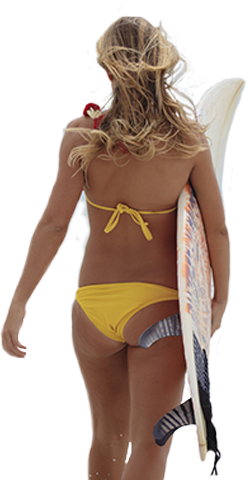Set of standard windsurf harness lines. A special webbing lay-up increases strength and minimises line swing. The tube extends into the webbing for extra strength. The clear tube gives early indication of rope wear. Require boom back-end removal for installation.
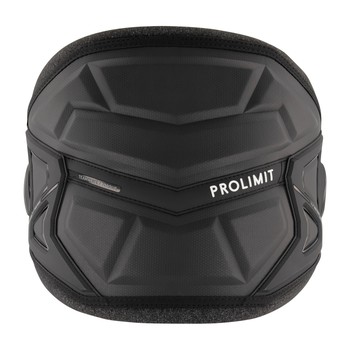
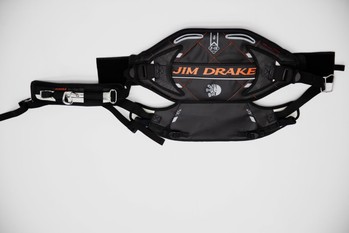
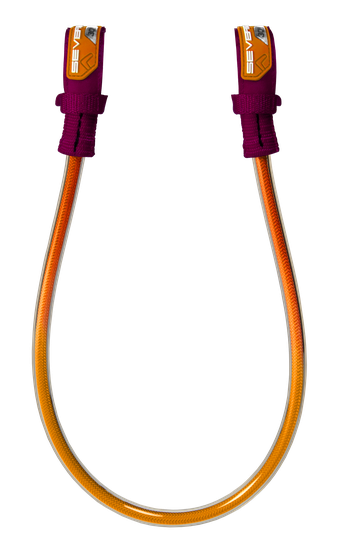
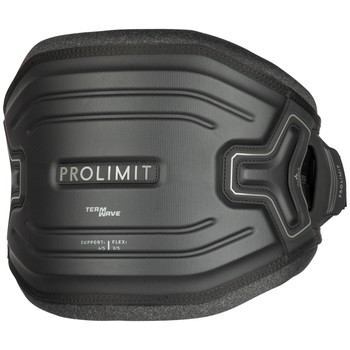
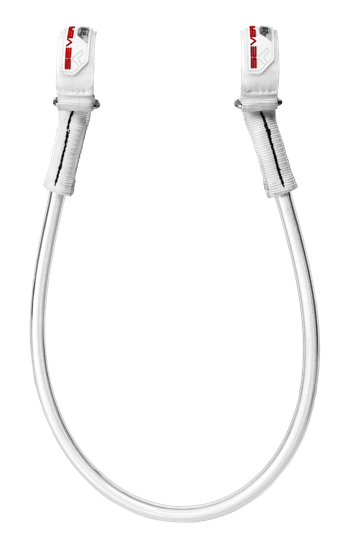
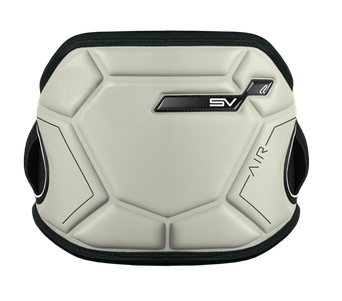
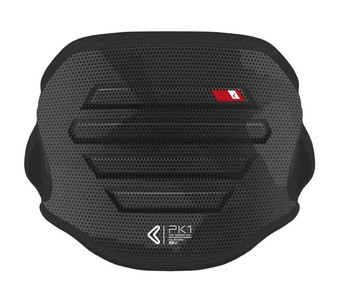
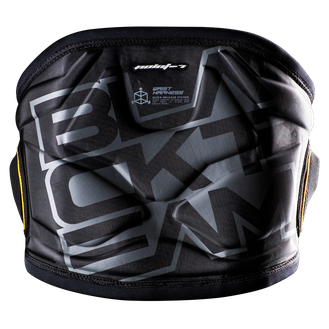
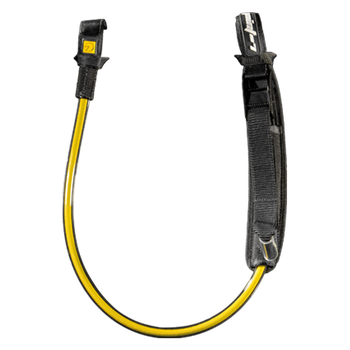
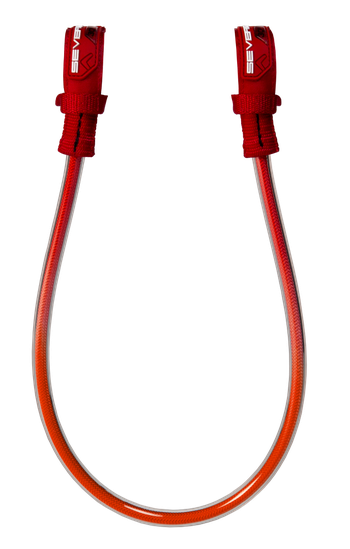
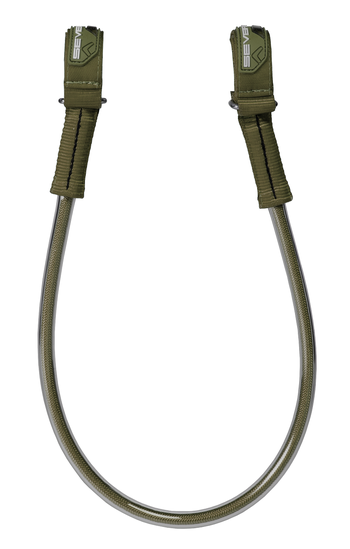
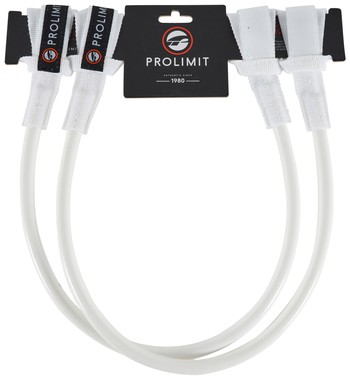
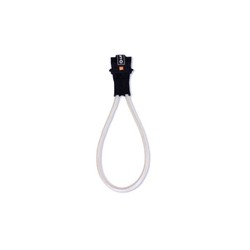
Ein gut sitzendes Trapez ist das A und O für einen langen, spaßigen und komfortablen Tag auf dem Wasser. Lies weiter für einen detaillierten Blick auf Trapeze und Einblicke, die dir hoffentlich bei der Wahl deines Trapezes helfen werden
Art des Gurtzeugs - Hüft- oder Sitzgurt?
Traditionell ist man der Meinung, dass Sitztrapeze für den Rennsport und Hüfttrapeze für Freestyle, Wave und Freeride geeignet sind. Im Großen und Ganzen ist dies auch die gängige Meinung, aber letztendlich ist es eine Frage der persönlichen Entscheidung.
Ein Sitzgurt schmiegt sich an den Hintern und hat Gurte um die Oberschenkel, um ihn dort zu halten. Der niedrige Haken hilft, die Kraft zu kontrollieren.
Hüftgurte umschließen den unteren Teil des Rumpfes und fördern aufgrund der höheren Hakenposition eine aufrechtere Haltung oder einen "Zehenstand". Daher sind sie die bevorzugte Wahl für "aktivere" Segeldisziplinen - wie Freestyle oder Wavesailing - bei denen ein einfaches und schnelles Ein- und Aushaken sehr hilfreich ist.
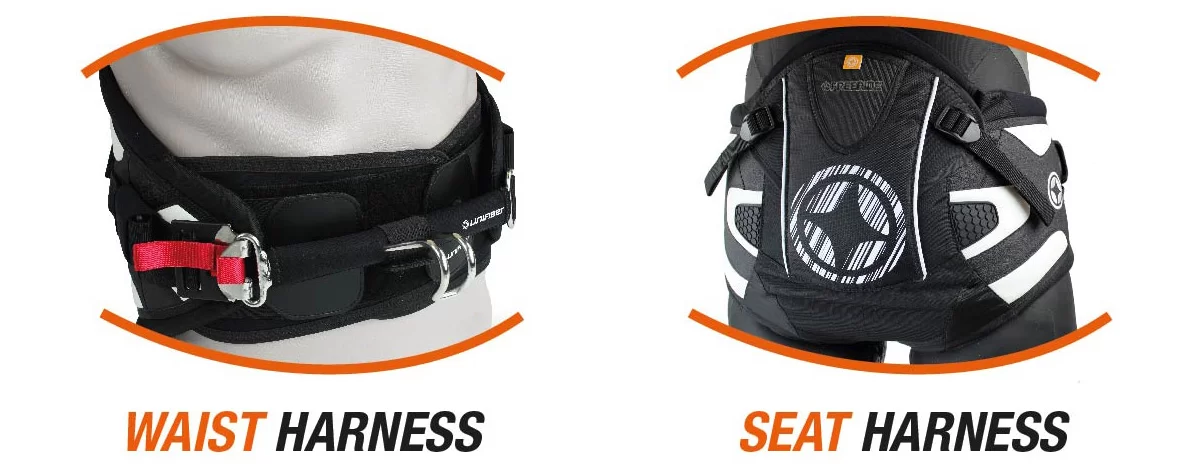
Konstruktion des Gurtzeugs
Die meisten Hüftgurte werden heute aus vorgeformten Schaumstoffen hergestellt, die kein Wasser aufnehmen. Das thermogeformte Material ist auch relativ rutschfest im Vergleich zu älteren "klassischen" Gurtzeugen, die meist aus polyesterbasierten Materialien hergestellt wurden.

Klassische Auffanggurte aus Polyester haben einen Preisvorteil von etwa 30 % und können - wenn sie trocken sind - leichter sein als Thermoformgurte.
Gurtzeug Rückenstütze
Die gefühlte Unterstützung hängt davon ab, wohin sie gerichtet ist und wie groß der Bereich ist, der unterstützt wird. Einige Geschirre haben Verstärkungsplatten aus Kunststoff, um die Unterstützung auf einen größeren Bereich zu verteilen, andere Geschirre haben weniger Unterstützung, um eine uneingeschränktere Bewegung des Oberkörpers zu ermöglichen.
Höhe des Gurtzeughakens
Die Hakenhöhe ist weitgehend eine Frage der persönlichen Vorliebe.
Sitzgurte, die für den Rennsport entwickelt wurden, haben die niedrigsten Hakenhöhen, die eine sehr freie Bewegung des Oberkörpers und die Fähigkeit, viel Kraft zu halten, ermöglichen. Freeride-Sitzgurte haben einen mittelhohen Haken, der den Rücken besser stützt.
Hüfttrapeze haben die höchsten Hakenpositionen und sind die beliebteste Wahl bei Seglern, die keine engagierten Racer sind. Der hohe Haken vermittelt ein sehr direktes Gefühl und ermöglicht einfache Power-On/Off-Übergänge - das bedeutet, dass Hüfttrapeze gut für manöverorientiertes Segeln geeignet sind.
Beachten Sie, dass Hüfttrapeze, wenn sie zu eng um Ihre Mitte geschnallt sind, die Atmung behindern können. Ein gut sitzendes, aber nicht zu enges Gurtzeug ist jedoch auch gut geeignet, um den unteren Rücken und die Nieren im Winter warm zu halten.
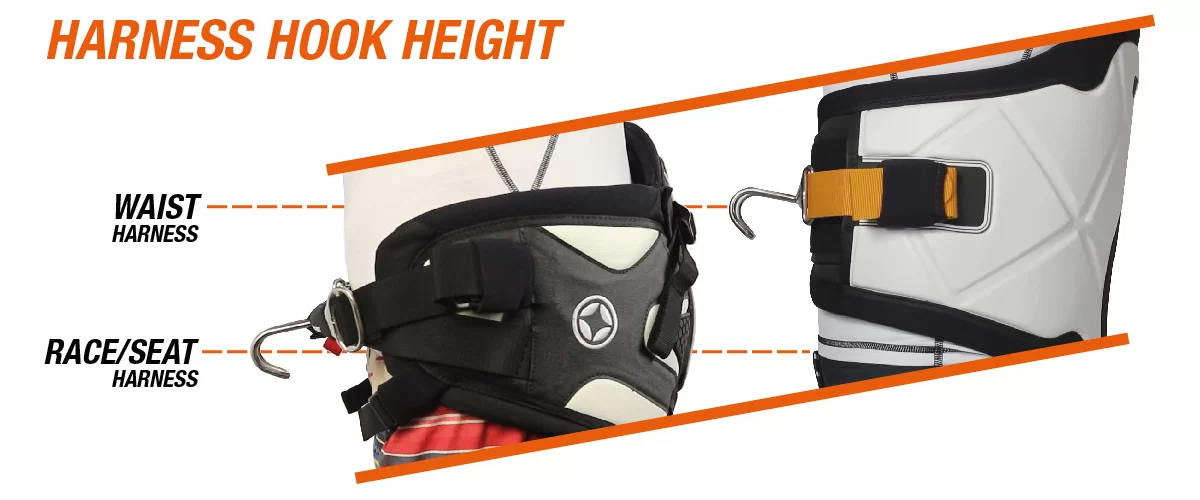
Gurtzeug 'Schlüsseltasche'
Ein vielleicht nützliches Merkmal mancher Gurtzeuge - wenn auch nicht unbedingt für Schlüssel mit Elektronik im Inneren - aber auf jeden Fall gut für eine Ersatzseillänge!
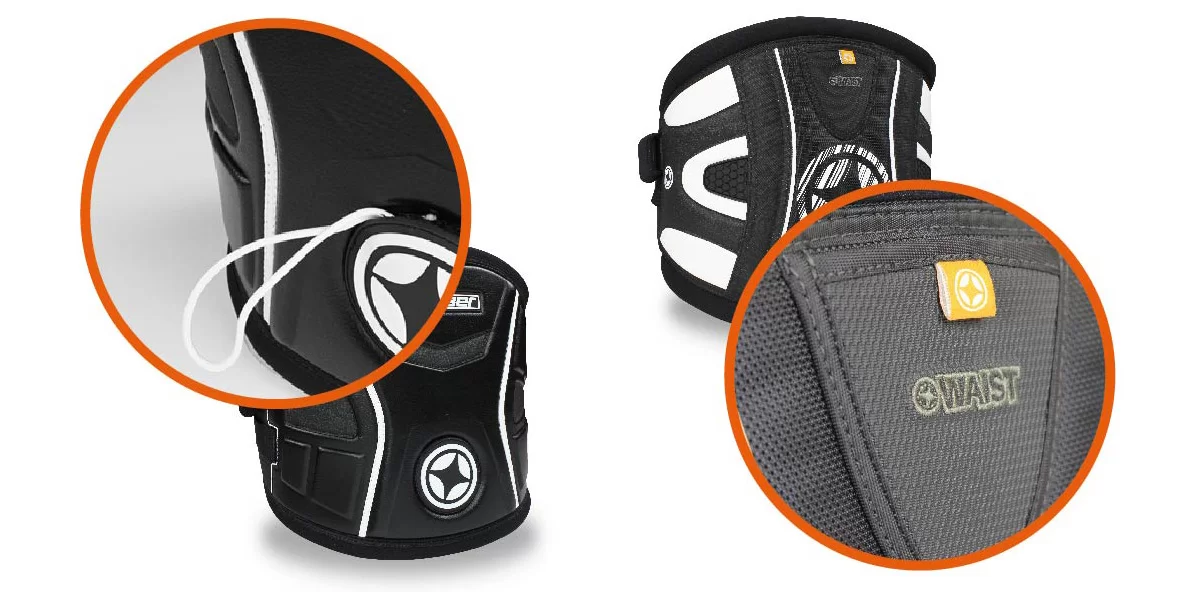
Warum Unifiber Gurtzeuge wählen
Bei den meisten unserer Hüftgurtmodelle verwenden wir die Thermoforming-Technologie. Strukturelle Schichten werden miteinander verklebt, um die gewünschte Unterstützung und Form zu erreichen. Weicher Schaumstoff auf der Innenseite bietet Schutz und Komfort, und ein Außenlaminat sorgt für Haltbarkeit.
Die leichten, figurbetonten Modelle nehmen weniger Wasser auf und schmiegen sich an Ihre Körperkonturen an. Wenn Sie ultimativen Halt und ein nacktes" Gefühl suchen, sind Sie hier genau richtig.
Alle Unifiber-Gurtzeuge mit Ausnahme des Waist FL sind mit einem Schnellverschluss für die Spreizstange ausgestattet. Der Waist FL legt großen Wert auf Bewegungsfreiheit und ist deshalb mit einem verschiebbaren Hakensystem ausgestattet.
Mit einem Sortiment, das alle Hakenhöhen, Taillen- und Sitzoptionen und hochwertige Komponenten abdeckt - Stangen, Schnallen und Gurte - werden Sie feststellen, dass Unifiber-Gurtzeuge nicht nur perfekt passen, sondern auch Qualität und Wert bieten.
